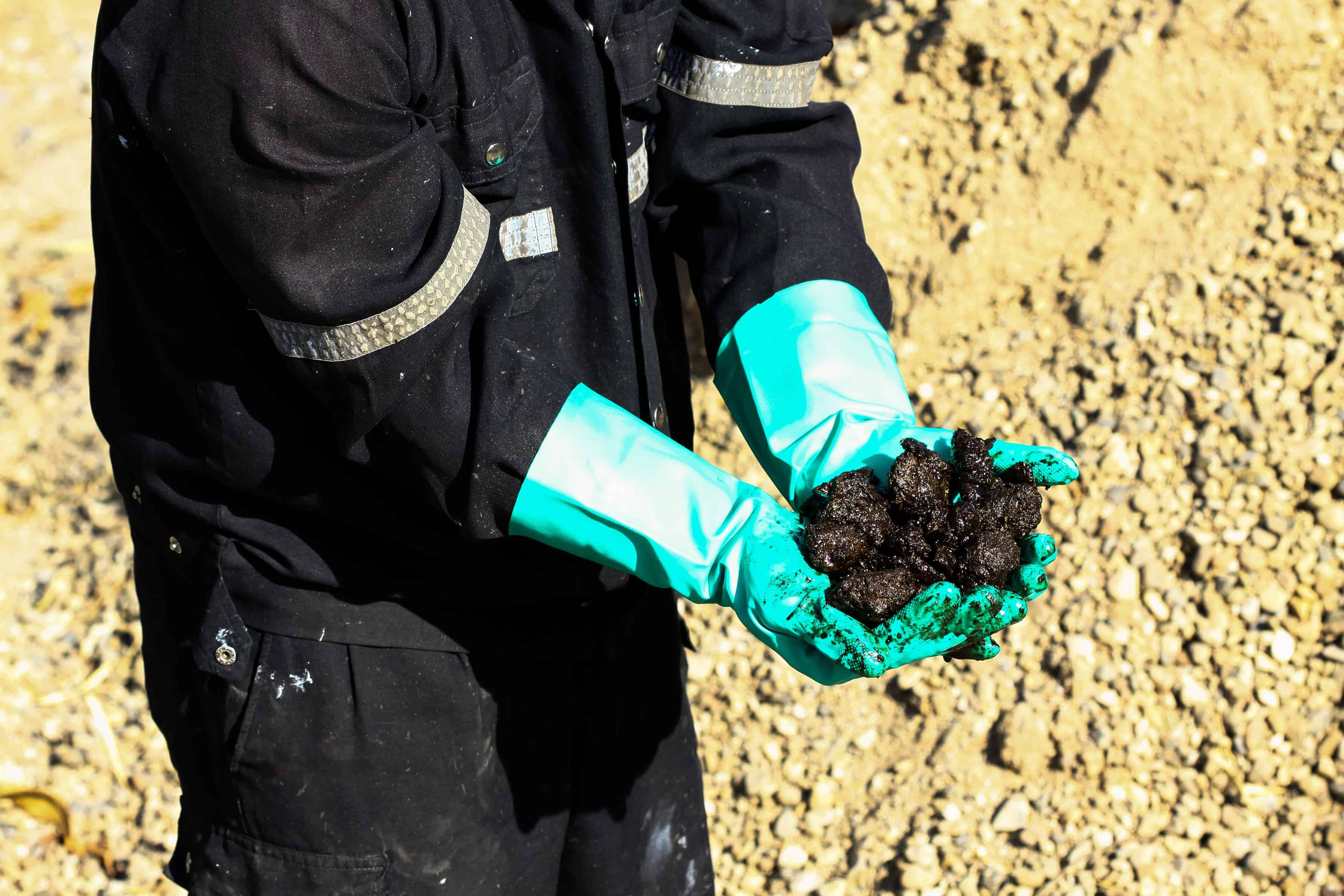Oil sands continue to garner considerable negative attention for myriad reasons, the key being the cost to extract oil from them and the high level of greenhouse emissions. The Paris Agreement on climate change combined with the introduction of carbon pricing regimes in Canada have added considerable pressure to oil sands companies. This has the potential to turn Canada’s vast oil reserves, the majority of which are located in the oil sands, into a stranded asset.
Nonetheless, this should not deter investors from investing in the industry. A few oil sands operators have yet to fully enjoy oil’s latest rally, and remain attractively valued. One that stands out is MEG Energy Corp. (TSX:MEG), which has outpaced the rally in oil to climb by more than 23% year to date compared to West Texas Intermediate (WTI), thereby gaining around 15%. While MEG has enjoyed a solid rally because of firmer oil, there is more upside ahead.
Now what?
MEG is focused on developing its Christina Lake SAGD project, and at the end of 2017 was determined to have 2.2 billion barrels of oil reserves with a net asset value (NAV) of $14.7 billion after tax and the application of a 10% discount rate. That equates to a NAV of just under $50 per share, which is roughly six times higher than MEG’s current price. However, it should be noted that it does include undeveloped reserves, which can be costly to bring to production with no guarantee of them being economically viable to extract.
Those values were calculated using a forecast price for WTI of US$59 per barrel for 2018 and 2019. This is 14% less than the current spot price for WTI, which means that should WTI remain trading at close to US$70 per barrel for a sustained period, the value of those oil reserves will grow.
Another important aspect of MEG’s Christina Lake project is that it has quite low breakeven costs for an oil sands project. Analysts have estimated that MEG’s operations breakeven with WTI at US$45 per barrel, which was underscored by its ability to generate a cash operating netback of $27 per barrel produced during 2017. This indicates that in the current operating environment where the market price for WTI is at around US$68 a barrel, MEG is quite profitable, even after considering the discount applied to Canadian heavy crude blends.
When coupled with MEG’s steadily growing production, which for 2018 is projected to expand by 5% to 9% compared to the 2017 average of 85,000 to 88,000 barrels daily, this indicates that the company will experience a solid lift in its earnings.
Another appealing aspect of MEG is its solid balance sheet with long-term debt of 4.6 billion and cash on hand of $464 million. The company also has no major debt repayments due until 2023 and an undrawn credit facility with a limit of US$1.4 billion. That gives MEG considerable financial flexibility, including the ability to continue funding the development of its Christina Lake operation, which means that it’s capable of withstanding any further downturns in the price of crude. As long as higher oil prices remain in play, its cash flow will continue to grow, thereby allowing it to bolster its coffers and progressively reduce debt.
So what?
Oil sands may not be the best investment for those investors seeking exposure to higher crude, but MEG certainly appears eye-catching, particularly when its low breakeven costs and solid financial position are considered. For those investors seeking an attractively valued Canadian oil company that is levered to the price of oil, MEG is certainly an interesting proposition.









